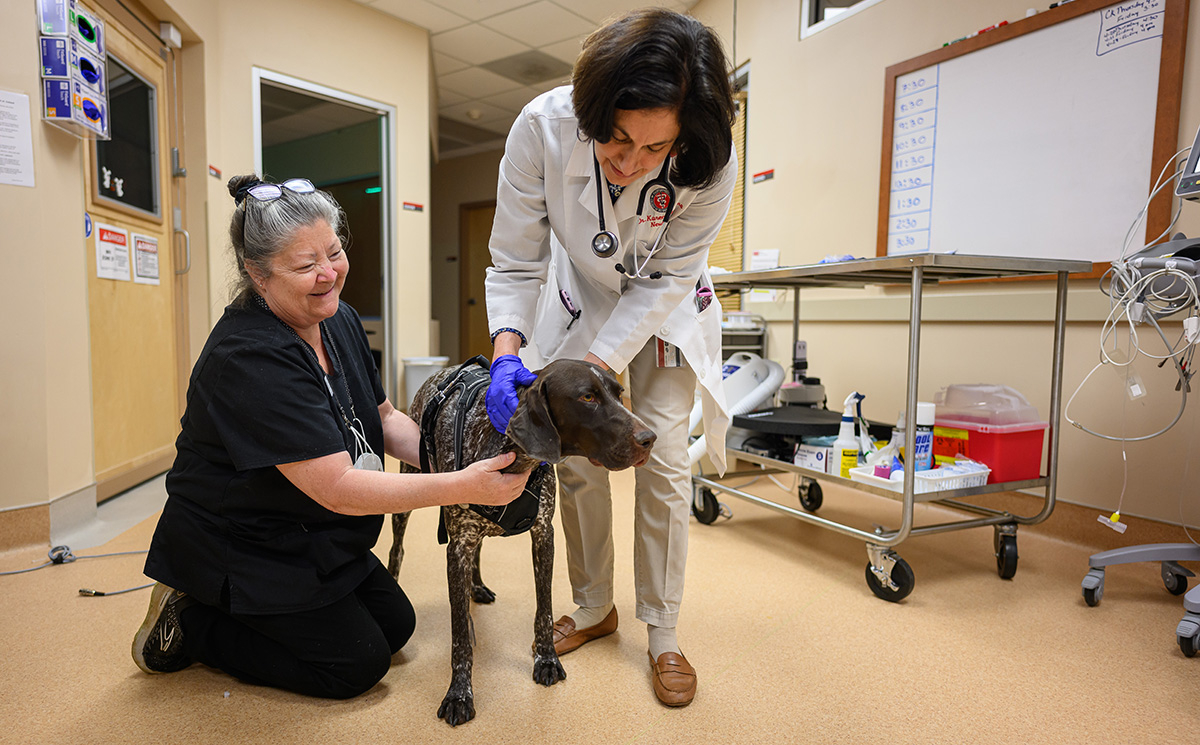A-Twitter
When agricultural extension agent Debbie Roos first learned about the Internet service Twitter, she was a decided nonbeliever. Why in the world, she wondered, would people want to send and receive messages limited to just 140 characters – fewer letters than are in this sentence?
But 383 tweets later, Roos – or @growsmallfarms, as she’s known to nearly 400 followers in the Twitterverse – has done an about-face.
“I fell in love with Twitter last summer. It really works,” she says. “A lot of people who follow me now on Twitter weren’t familiar with my programs, and the potential to reach even more people is high.”
Roos, who works in Chatham County, has used Twitter to raise the visibility of small farm issues, including extension programs that encourage sustainable, organic and alternative agriculture. She directs Internet users to her resource-rich Web site, Growing Small Farms.
And, she says, she’s been learning a lot from the people she follows on Twitter: extension colleagues, growers and others across the country.
Roos’ tweets (as Twitter posts are known) range from links to agricultural news reports she runs across on the Internet, to notices of her upcoming workshops and field days, to information about publications developed by agriculture specialists at NC State and other universities.
Growing Audience
When it comes to tweeting for Cooperative Extension, Roos is not alone.
In western North Carolina, commercial horticulture agent Sue Colucci (@SuzyNCSU) has been using Twitter for more than a year to reach out to vegetable and fruit growers. She thinks it’s a great way to quickly reach busy people who don’t have much time to read. It also creates an extensive and searchable archive of information accessible 24/7.
Colucci’s western N.C. colleague Dr. Jeanine Davis, a horticulture specialist based in Mills River, found a new audience through Twitter (@JeanineNCSU) and Facebook, social networking tools she uses to send announcements and provide links to resources posted on her blog.
The downside? It takes time, which is often in short supply for extension educators.
“I have to be very careful to not leave out more traditional clientele,” Davis says. “So, now if I send out an announcement, I send it on Twitter and Facebook, usually with a link to a more lengthy article on my blog. I send it by e-mail to four listservs and several local reporters.
“Depending on the content, I might have our secretary also post it on one or more of my three Web sites. So time management is an issue. I try to limit myself to 30 minutes a day.”
‘Strictly Business’
In eastern North Carolina, cotton agent and Martin County Extension Director J.B. Coltrain uses Twitter to reach a small group of farmers interested in highly localized information: when to plant cotton and when moth counts reach a level that makes it advisable to use insecticides.
In the off-season, Coltrain uses the Twitter feed to announce production meetings and to share information about such topics as cotton variety characteristics.
“For me, the use of Twitter is strictly business,” he says. “You will not learn that I might dread Mondays, nor will I be tweeting TGIF.”
Even though Twitter is quick, easy and free, Coltrain hasn’t dropped older methods of communication, like the recorded telephone messages he’s used to reach growers for years.
“I wish I could tell you that all Martin County farmers use this wonderful service, but they don’t. In spite of the fact that they have to do nothing once they set it up, that setting up part is the killer,” he says. “The dozen or so farmers who follow my tweets were basically set up by me.”
Colucci and Roos encourage their fellow agents to give Twitter a try.
“The Internet can suck a lot of time out of you, but extension really needs to be there because that’s the first place a lot of people go to find answers,” Colucci says. “I’d say to other agents, ‘Don’t be afraid. Just get on it and try it.’”
- Categories:


